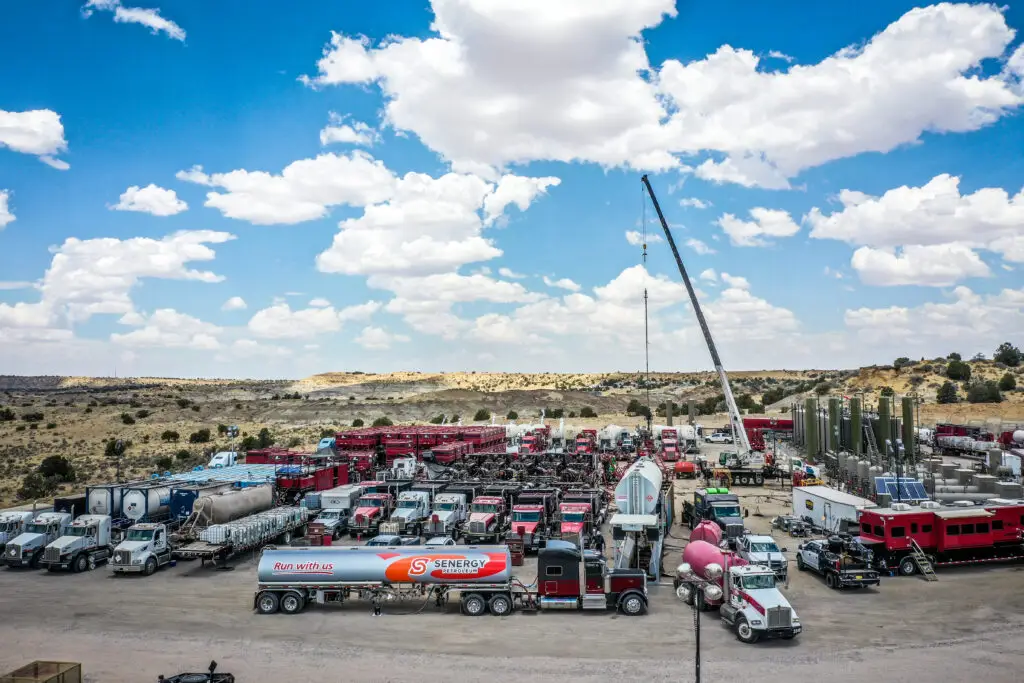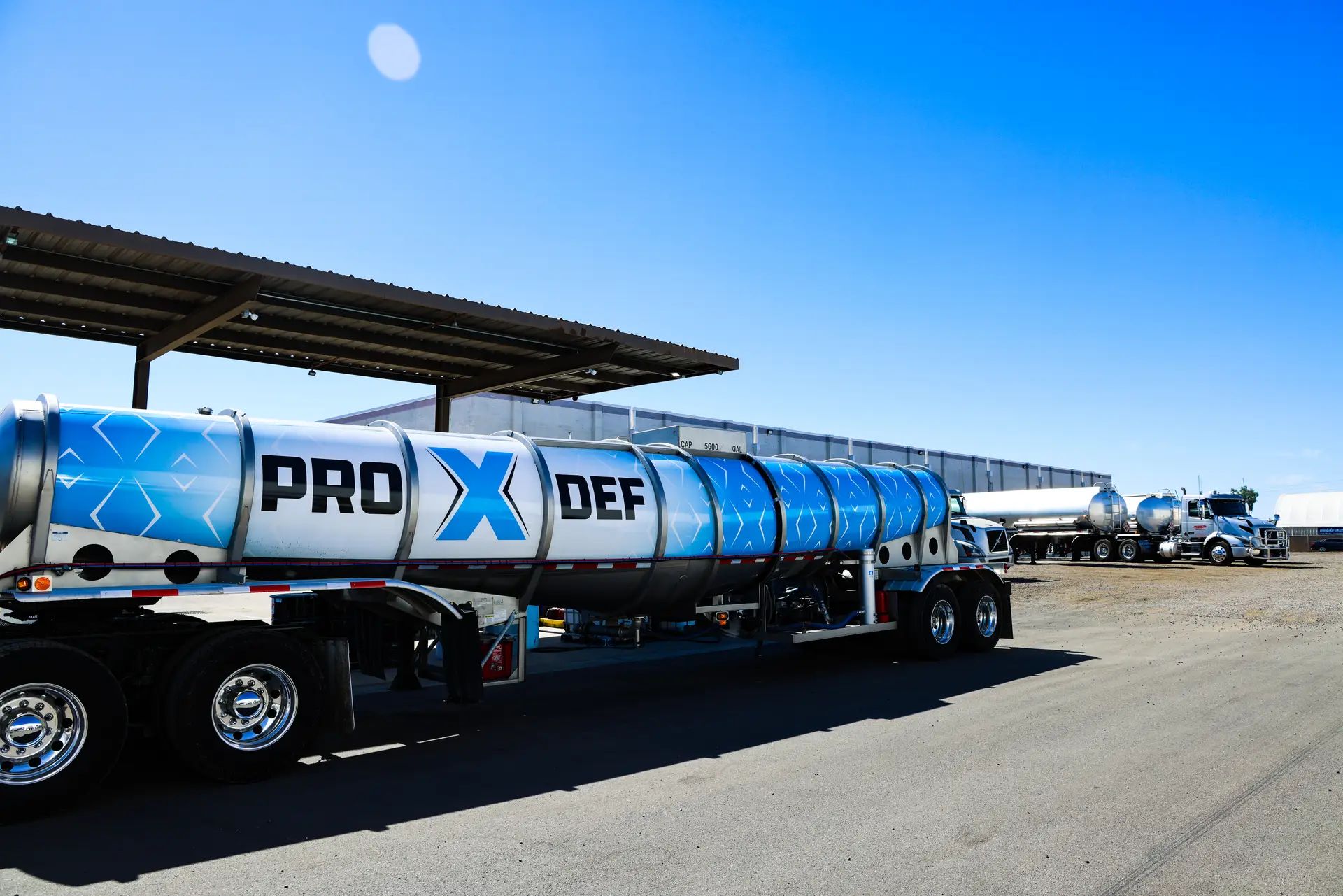Working with diesel machinery also means managing the fluids that keep it running smoothly. One of the most crucial of these is diesel exhaust fluid (DEF). It’s not just an additive—it’s essential for reducing harmful emissions and ensuring diesel engines run clean.
However, storing and dispensing DEF is more complex than handling fuel or oil. The fluid is highly sensitive, and maintaining its purity is critical. That’s where a DEF pump station comes into play. A well-installed system ensures DEF remains contaminant-free, dispenses accurately, and protects your equipment for the long haul.
For farmers, fleet managers, or construction operators, understanding how to choose the right DEF pump station can save time, reduce costs, and simplify operations. The right choice isn’t just about convenience—it’s about compliance, engine health, and efficiency. Read on to learn the practical factors that matter when selecting the ideal DEF pump station.





